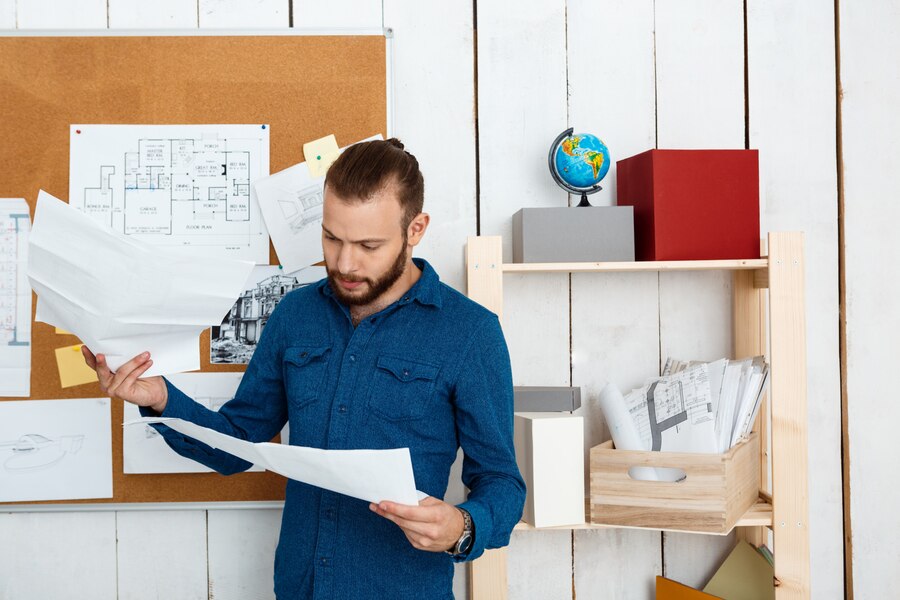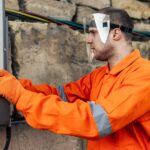Moving to a new home can be exciting because it involves a lot of tasks and challenges. Among all the tasks on your to-do list, managing your electricity setup is key to a smooth transition. This is the ultimate checklist for moving and managing your electricity set-up to make your move as easy as possible.
Plan Ahead
When you’re planning your move, timing is everything. Start planning at least a month in advance to avoid last minute stress. Begin by making a moving timeline with all the tasks, with a special focus on your electricity setup.
Key Steps to follow:
- Notify your current electricity provider of your move out date.
- Schedule electricity disconnection at your old home.
- Schedule electricity connection at your new home on your move in date.
Research and Compare Electricity Providers
If you’re moving to a new area, it’s a good idea to research and compare different electricity providers. Look for the best rates, good customer service and any green energy options.
Things to Consider:
- Compare rates and plans from different providers.
- Read customer reviews and ratings.
- Check if there are any special offers or discounts for new connections.
Transfer Your Existing Service
If you like your current electricity provider and they’re available in your new area, consider transferring your service. This can be easier than setting up a new account.
Steps to Transfer:
- Contact your current provider and tell them you’re moving.
- Give them your new address and move in date.
- Confirm any transfer fees and finalise the transfer details.
Disconnection and Connection
Don’t get charged for electricity after you’ve moved out, schedule disconnection at your old home. Don’t get locked out of your new home, ensure electricity is connected before you get there.
Important Tips:
- Schedule disconnection for the day after your move out date to cover any last minute needs.
- Schedule connection at your new home a day before your move in date so everything is set up when you get there.
Final Meter Reading
Before you leave your old home, take a final meter reading. This will avoid any disputes with your electricity provider over your final bill.
How to Do It:
- Take a photo of the meter reading on your move out day.
- Note the reading and the date.
- Give this to your electricity provider to ensure accurate billing.
Set Up Electricity in Your New Home
Once you get to your new home check the electricity is working. If not contact your provider ass soon ass possible.
First things first:
- Test all lights and power points.
- Check major appliances like the refrigerator and HVAC systems are working.
- Report any issues to your electricity provider straight away.
Update Your Address
Don’t forget to update your address with your electricity provider so you get your bills and any other important mail at your new home.
Where to:
- Log in to your account on your provider’s website and update your address.
- Make sure the new address is on your account.
Energy Efficiency: Start Again
Moving to a new home is a great time to start energy efficient habits. These habits will help reduce your bills and your carbon footprint.
Energy Saving Tips:
- Replace old bulbs with LED lights.
- Unplug devices when not in use to stop standby power.
- Use a programmable thermostat to control heating and cooling.
Understanding Your New Bill
Your new home will have different energy needs so your bill will change. Take some time to understand your new bill and find the savings.
What to look for:
- Breakdown of charges on your bill.
- Monitor usage for the first few months.
- Contact your provider if you see any weird charges.
Automatic Payments
To avoid missing payments during the chaos of moving, set up automatic payments with your electricity provider. This way your bills will be paid on time with no extra effort.
How to do:
- Log in to your provider’s online portal.
- Choose automatic payment.
- Enter your payment details and confirm.
Emergency Contacts
In case of power outages or electrical emergencies have your provider’s contact details handy. Save their customer service number and any other emergency contacts.
Useful numbers:
- Customer service hotline
- Emergency outage reporting number
- Local electrician for immediate repairs







